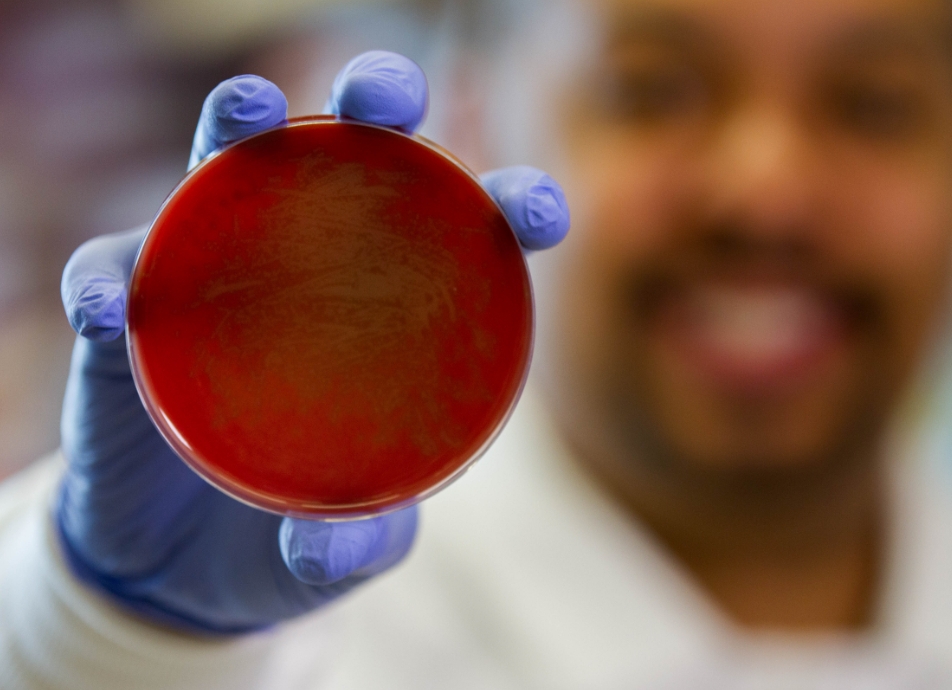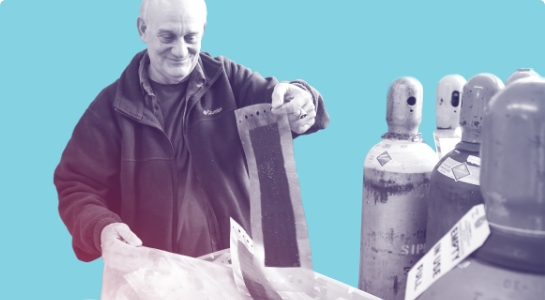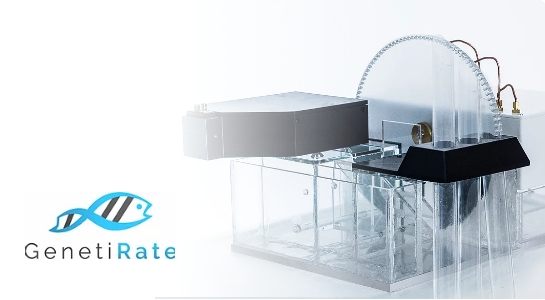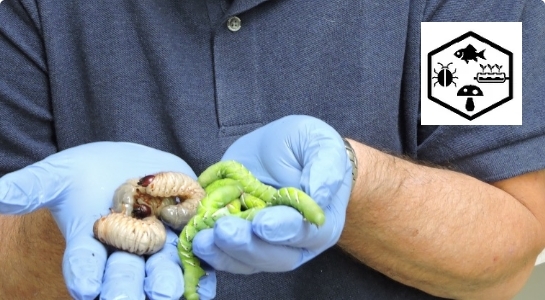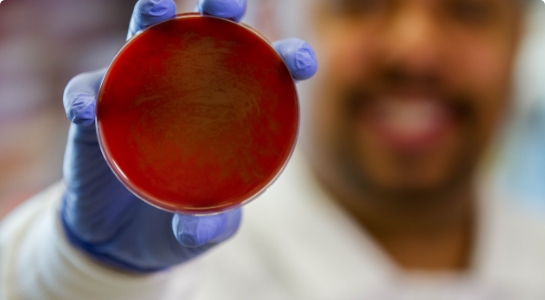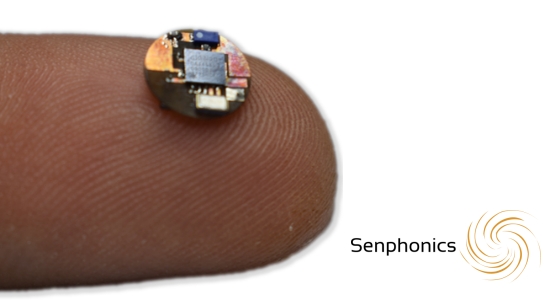
Copper and the Next Class of Antimicrobials
Copper’s toxicity naturally bombards microbes, offering a key to future therapeutics
Copper has been used since antiquity to kill microbes. It has also been used in things like the Bordeaux mixture to protect vineyards and potato crops. Even our bodies use copper to bombard microbes. With its inherent toxicity against microbes, copper stresses bacteria and, in the future, could provide possible new therapeutics. To develop the best therapeutics from copper, we are working to understand the context of the mechanism of action and apply that knowledge for future innovations.

